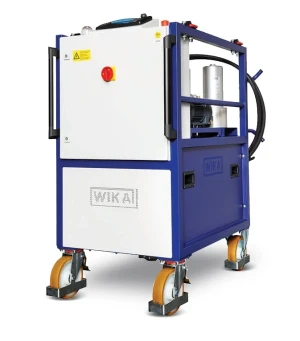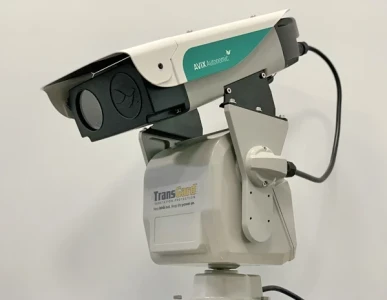Extend the Life of Your Circuit Breakers

What to ask to ensure proper circuit breaker testing and maintenance
BY ROBERT FOSTER, Megger
Protecting a utility’s assets is essential. There are many different apparatus in electrical substations that need to be protected. The circuit breaker (CB) is designed to stop the flow of electricity and protect not only your expensive assets but human lives as well. The CB lies idle most of the time, allowing current to flow continuously, but when it is called upon to operate, it must trip or open the circuit in a matter of milliseconds. This is why it is imperative to properly test and maintain your circuit breakers throughout their service life. Electricity Today Magazine and Megger provide several questions to ask before, during and after testing medium- and high-voltage circuit breakers.
Q: What type of circuit breaker do I own?
A: There are many types of insulating mediums and designs of circuit breakers. The different insulating mediums generally consist of a vacuum, sulfur hexafluoride (SF6), oil, and air blast. Vacuum circuit breakers can be used up to 70 kilovolts (kV) and utilizes a vacuum to insulate when the CB is open.
These consist of two contact plates inside a vacuum bottle that are separated by a very small distance, usually between 11 to 17 millimeters. SF6 circuit breakers are used from medium voltages all the way up to 1100kV. There are two main types: self-blast and puffer. Both types use the SF6 gas to blow over the arc, thus cooling and extinguishing it.









